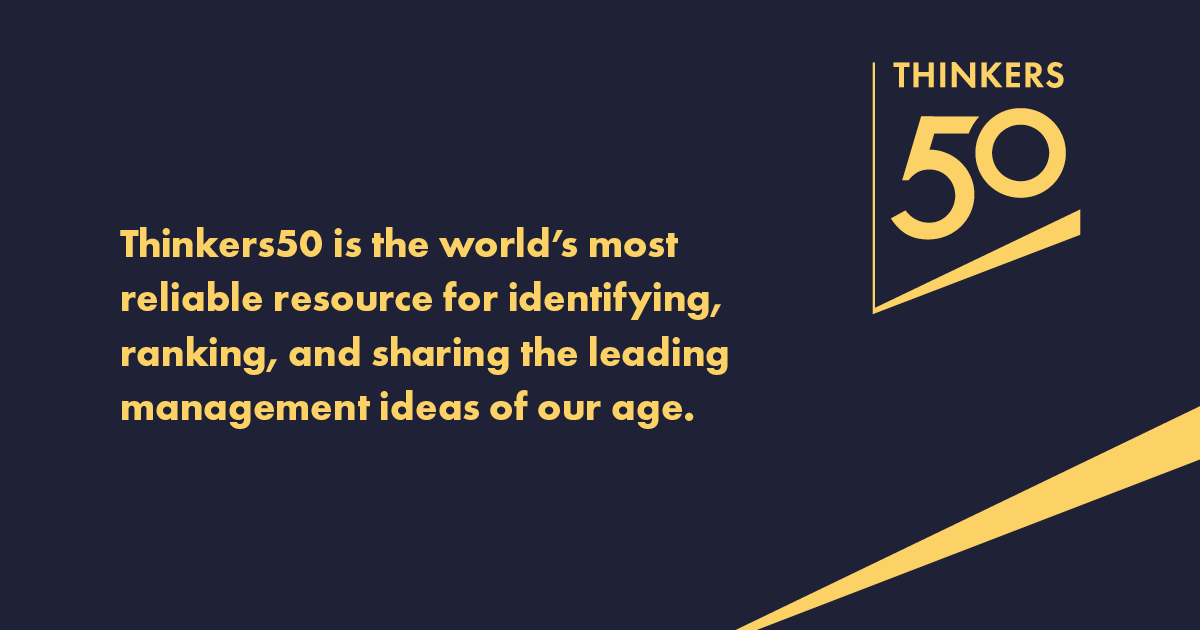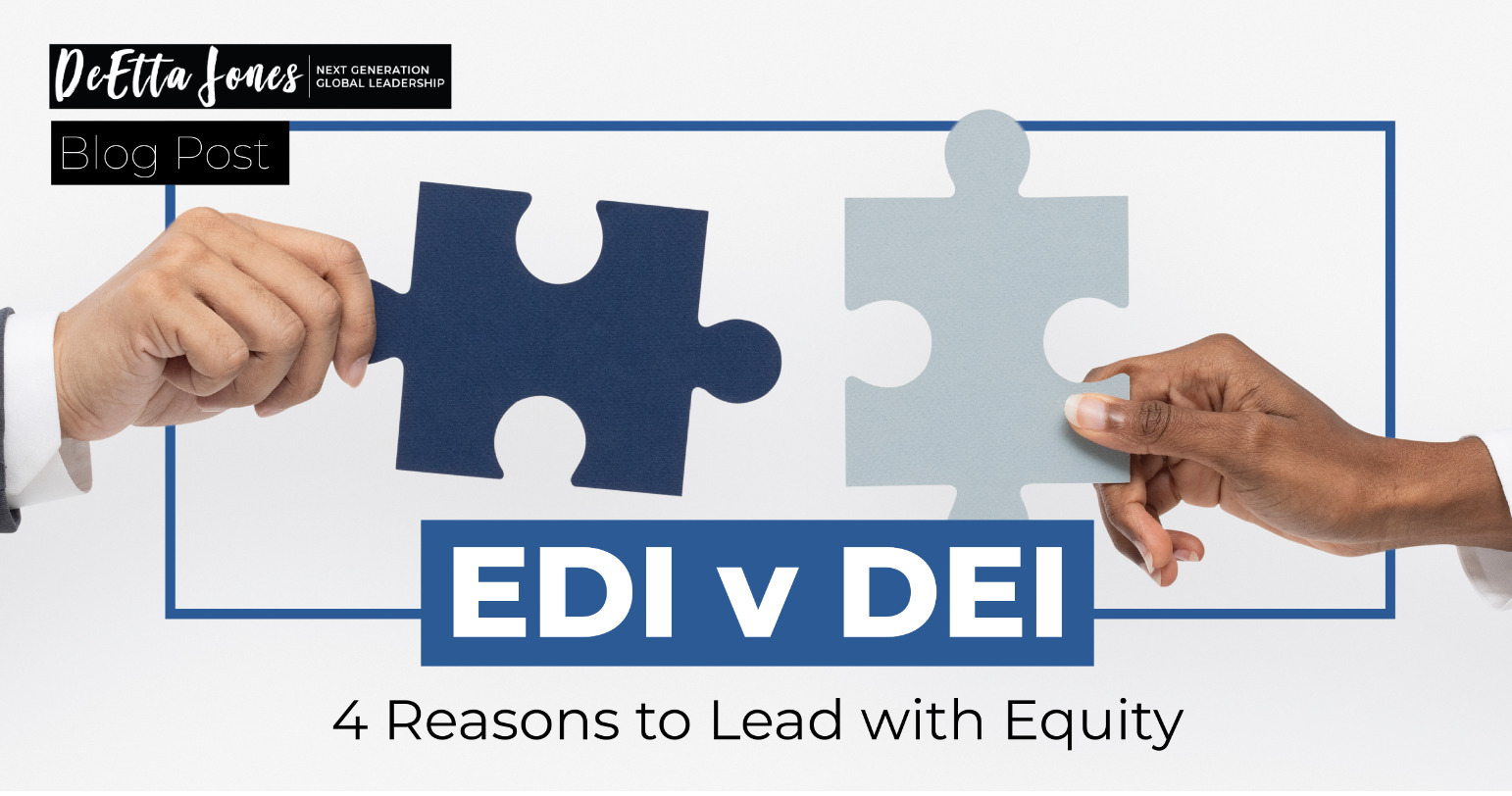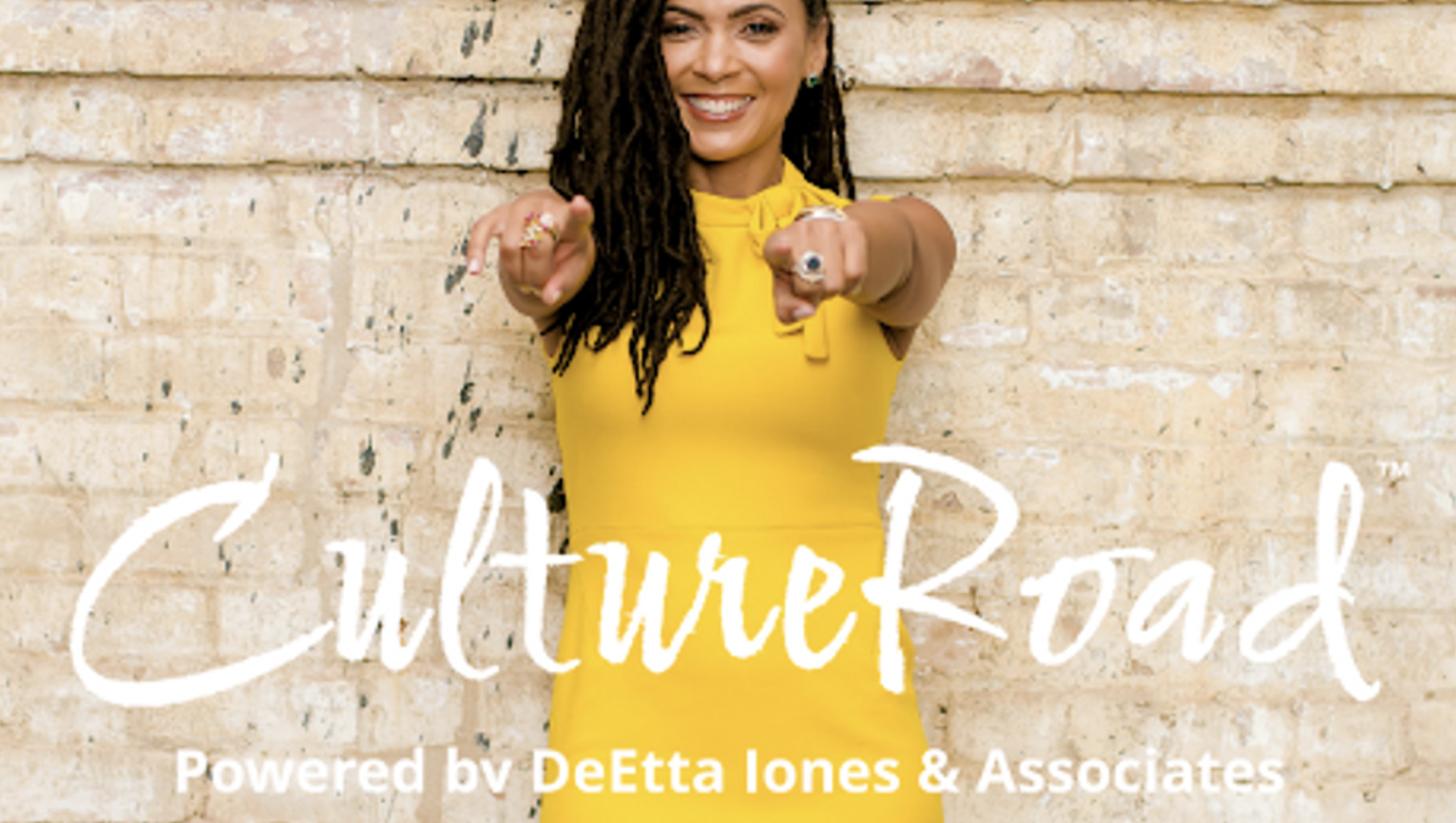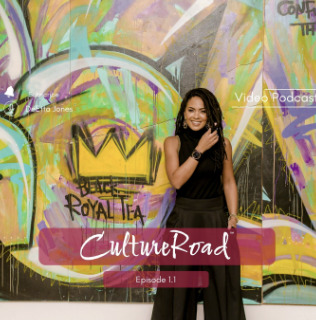My son’s name is Shiloh. It has two meanings: “gift from God” and the other is “peaceful one.” I have no greater longing for my beloved son than to live a life filled with peace, every day with the full awareness of my gratitude for having him in my life. In addition to the meaning, I love that the word is simple, gender-neutral, not too common but still familiar. The process that I used to select a name for my son is likely familiar to you, if you’ve ever named anyone or anything. We begin by considering what we want for the person, what we hope and dream they become or what truly captures their character. From there, we consider criteria to help us select among a myriad of good choices, carefully refining to make sure our final decision reflects our intentions and aspirations.
Every day I look at my son and am refilled with motherly love, thankful for my gift from God. Every day I invest in creating peaceful space for and with my son and filling his heart with love of peace. In his youth, I pour his name into him, and as he grows, he becomes what he is named. That’s the power of a name.
The Power of a Name
The world of equity, diversity and inclusion (EDI) is broad, deep, complicated, and changing. Whenever I’m asked to speak on EDI, I invest an incredible amount of energy trying to explain its scope, describe the relevance of history on present-day needs, and capture the unique challenges and opportunities associated with implementation. People typically are attentive and nod their heads in agreement about the challenges. Often at least a few people really light up when an example is shared that makes them feel a sense of personal agency. Despite the depth and breadth of my presentation, however, and almost without exception the most common first discussion question is, “Why do you use EDI versus DEI, the more common acronym?” Here’s my answer:
I believe that names are powerful. They convey meaning of the person or thing being named, but more importantly, they convey the values of the namer. I believe that naming, along with speaking and acting, should be done with intention. My intention is to clearly convey that equity is more important than diversity and inclusion. Without equity, the other two will never hit the needed depths for true transformation.
Equity First
Equity first means working toward a total reconceptualization of what we are trying to accomplish as individuals, organizations, and societies. There are different schools of thought about this. Some people think, like Daenerys in the final episode of Game of Thrones, that burning it all down is the only option. Corruption, toxicity, racism, and oppression are so baked into every fiber of our U.S. and other countries with the cultural fabric of Colonialist history’ that no other option is even viable. This is a radical perspective.
On the opposite end of the continuum, is the notion that nothing is wrong, that all this fuss is actually causing harm, and is the root of the polarizing world we are all living in. This is a naive perspective that reflects what’s described by interculturalists as Denial, or at best Minimization. Minimization is, in essence, the idea that we are all the same and talking about differences is to be de-accentuated. Instead, we should focus on our common humanity (accentuating, in these instances, typically centers the dominant culture and encourages everyone else to “join us”).
Somewhere along the middle of the continuum is where open letters listing demands of industry leaders and the Great Resignation fall. Hundreds of thousands of people are giving up on a culture that is squeezing the humanity out of them. The people who are pushing back – with all their might – on the cultural confines that have been binding us aren’t necessarily of one political party or another. They are people who have been marginalized and undercapitalized. They have not been fully seen or recognized and don’t see a brighter tomorrow by just hanging in there longer or being willing to accept incremental progress. Here, in this place, equity will have more impact than merely focusing on diversity or even inclusion. Equity is where we have potential to make change right now.
Four Reasons Equity Comes First
1. “Diversity” has baggage
For 30+ years, organizations and educational institutions have been purportedly “doing diversity.” No one knows exactly what “doing diversity” entails. Check-the-box activities and programs abound, committees are formed, “an office of one” is appointed and given a laundry list of to-dos with extremely limited resources. People come and go, a merry-go-round of recruitment and retention in the name of “doing diversity.” Most importantly, “doing diversity” keeps the kind of system-level changes that underrepresented and under-prioritized groups expect and need on the horizon. Even the most powerful industries haven’t been able to show the way to “do diversity” well. In 2020, global spending on advertising totaled approximately $600 billion a year. In that same year, the industry was criticized for a lack of gender and racial diversity, particularly at senior levels. In the U.S., Black folks make up about 13% of the population, but only 8% of employees in the advertising and public relations sector, according to 2019 government data.
Following the murder of George Floyd and the subsequent launch of the racial equity movement, more than 600 Black advertising professionals in the United States signed an open letter urging industry leaders to address “systemic racism” in the sector. They said a pervasive “boys’ club mentality” stifled the growth of Black employees and that a failure to track diversity numbers made it impossible to tell what progress, if any, had been made.
Publishing, higher education, tech, healthcare, and an array of other industries have experienced similar backlashes on purported diversity efforts that never lead to sustained and measurable progress.
2. Equity resonates globally
We are in the midst of a global awakening. I remember spending some days in July, August, and September of 2020, talking to thousands of people every single day processing all the injustice being witnessed and experienced in the world. I spoke with women in India and Canada during a surge of violence against women and girls. I spoke with people of Asian descent in New York who were afraid to walk to work or the grocery store for fear of being attacked. I spoke with people across the African diaspora, in Brazil, South Africa, the UK, and in the U.S. who want Black identity and our unique histories to be understood and fully acknowledged.
A Catalyst article recommends localizing equity, diversity and inclusion efforts to account for cultural nuances within various regions. In addition to examples from a number of countries around the world they say, “Europe is diverse, so the perspectives and priorities are not monolithic, but we are seeing an increased push for pay transparency and equitable opportunities for all women, even beyond equal pay and gender representation mandates. There’s an urgent expectation from employees that companies be transparent and get it right.”
This global push for equity and real-time connectivity expands the purview of what has traditionally been understood as diversity-based efforts which are often seen as particular to the United States. It creates tremendous opportunities for collective action.
3. Diversity can be represented, but Equity can be embedded
Equity first means understanding and prioritizing efforts that uproot systemic injustice and center genuine, collaborative, and power-shared progress toward a desired future. Authentic and deeply integrated equity-based work goes far beyond typical diversity aims of employee engagement, hiring, or representation goals. This systems-level approach shifts the gravitational pull from EDI being pushed by a small faction as “the right thing to do” to being actively pulled into the day-to-day work.
Organizations prioritizing equity are, for example, changing: 1) the ways that they gather customer intelligence to take into account the significant bias that has been in their market segment profiling, 2) intake forms for new customers to ensure that an equity lens is applied to the questions themselves and that EDI-outcomes are included in all scopes of work, and 3) technology systems to require inclusion of cultural nuances (e.g. removal of pronoun, easily include “nontraditional names” or change birth names).
We recently worked with a firm that has, as one of its clients, the United States Postal Service. The firm was asked to create advertising for newly released stamps, many of which include historically significant women and Black, Indigenous, People of Color (BIPOC). The team responsible for gathering information about the scope of the project went about their work the way that they always had, asking questions about timeline, budget, target audience, methods of communication, etc. This information was given to another team who in turn developed a beautiful animated commercial that displayed each of the new stamps. The final product was given, on time and on budget, back to the client. The client loved it and signed off. Then the advertisement went live, and the postal service received thousands of letters of complaint. In the ad, the stamps were stacked on top of each other. A woman of indigenous descent was placed at the bottom, as was a Black woman. The ordering of the stamps symbolized blatant racism and sexism to some, and ingrained implicit bias to others. You’ve seen this happen plenty of times before, right? Remember the Dove commercial that showed darker-skinned Black people before use of the product and then images of lighter-skinned people after washing away excess dirt? These kinds of mistakes aren’t relegated to one person being blatantly racist. These experiences are a failure to build in equity at every stage of the workflow.
Embedding equity means achieving breakthroughs by forcing coordination across what have been more siloized activities. The teams described in the above example are now collaborating to redesign their intake process as well as work side-by-side through the design, development, and implementation processes.
4. People in Power Can “Do Equity”
How many times have you heard non-BIPOC folks describe diversity efforts as “for” others–as in, not for them? Or, when asked to speak on EDI the response is, “It would be better for a woman (or LGBTQ, BIPOC, or employee with a disability, etc) to talk about that.” They think that because they aren’t a member of a particular marginalized group, they don’t have authority or an authentic voice as a spokesperson. These are often well-meaning people who just haven’t fully come to understand the power of their voice, their privilege, and/or positional power related to diversity.
Creating Equity, however, requires privilege and positional authority. Once there is shared understanding of what equity entails, people from dominant cultures and identities see themselves rightfully able to pursue it. A slew of resources to equip and support leaders in activating their agency now exist, including:
- From Commitment to Action: How CEOs Can Advance Racial Equity in Their Regional Economies that includes a framework for to:
- Adopt internal changes within individual companies to promote diversity, equity, and inclusion
- Act collectively with other CEOs to make region-wide progress on racial equity and equitable growth, including improving key regional performance indicators
- Encourage business-led civic organizations to adopt their own changes toward equity and inclusive economic growth.
- CEO BluePrint for Racial Equity that “maps to the public’s stated priorities for corporate leadership, as defined by six years of public polling by JUST Capital, covering over 100,000 Americans, as well as the research and insights from PolicyLink and FSG’s work on the Competitive Advantage of Racial Equity. The blueprint provides actions in three key domains: 1) inside the company, 2) within the communities where the companies are headquartered and conduct business, and 3) at the broader societal level. Across these domains, companies have the potential to significantly influence racial justice by redesigning their “business-as-usual” practices and policies.”
The blueprint goes on to say, “Corporate leaders have a particularly powerful role to play in replacing racist structures, many of which have benefited those at the top, with policies that bring us closer to racial equity – defined as ‘just and fair inclusion into a society in which all can participate, prosper, and reach their full potential.'”
- Ford Foundation’s From Generosity to Justice: The New Gospel of Wealth in which “Darren Walker, president of the Ford Foundation articulates a bold vision for philanthropy in the 21st century joined by an array of thinkers, activists, and leaders from every field, sector, and walk of life.”
Becoming
In my three-plus decades as an EDI professional, right NOW is the most significant investment and alignment of energy and resources committed to creating equity and impact that I have ever seen. It’s a perfect time to move forward, honoring the important and genuine efforts made to date and also acknowledging limitations. Abandoning diversity and inclusion is not the goal. Instead, let’s move to acknowledgment and reprioritization of focus and resources.
Though naming is important, much more important is just doing it. Do the important work, and do it well–with equity fully centered and understood to be essential for transformation.
Is it possible for a thing to become what it is named? I certainly hope so.
— DeEtta







